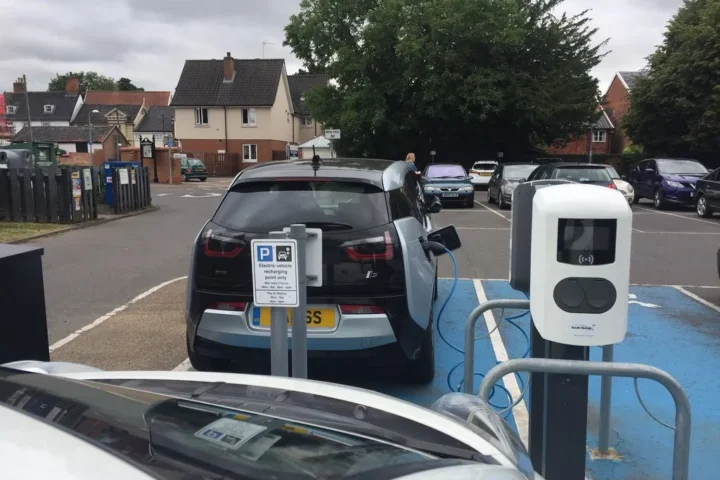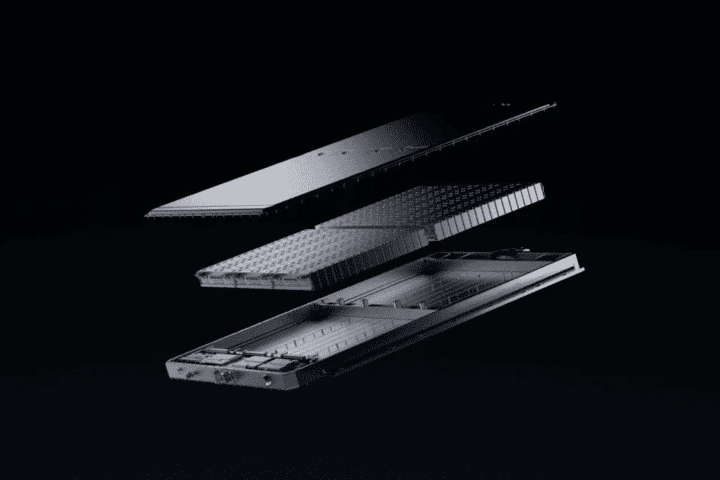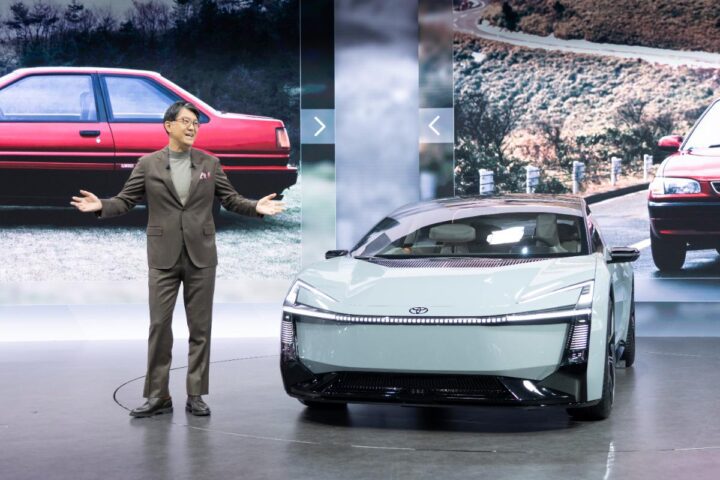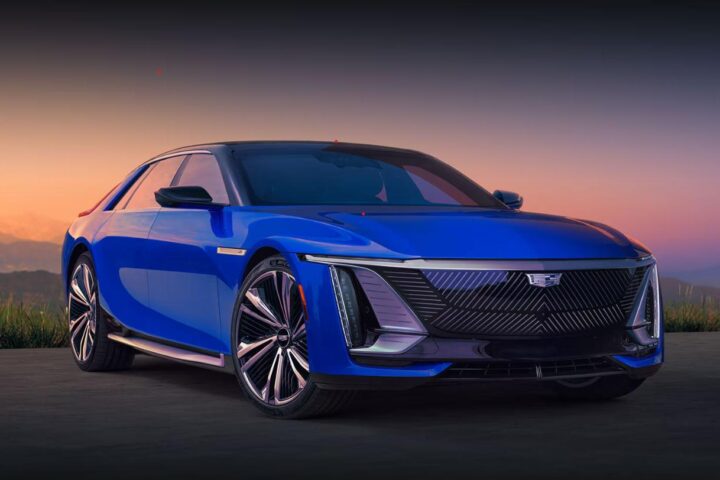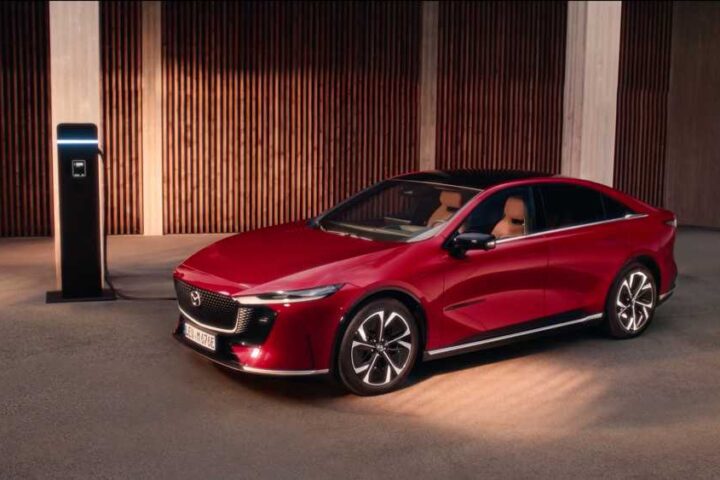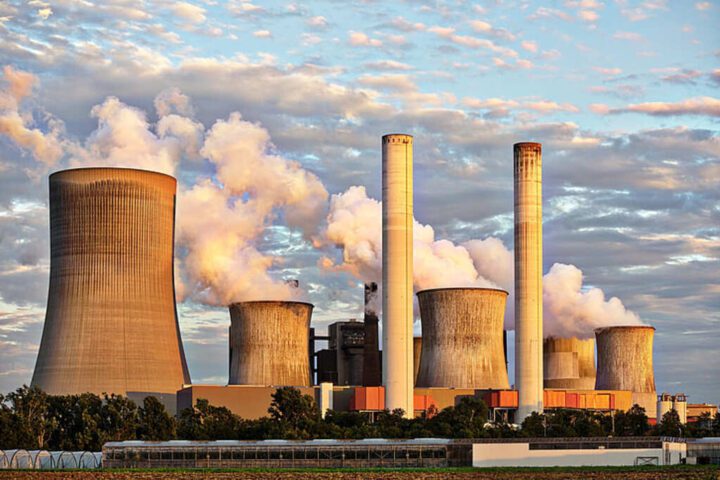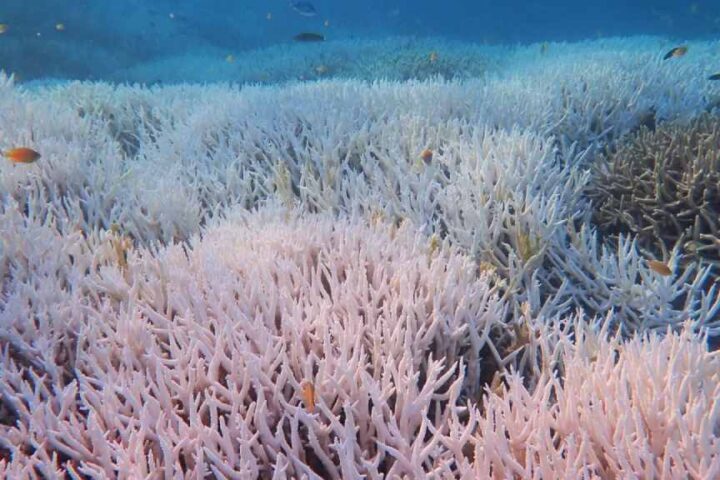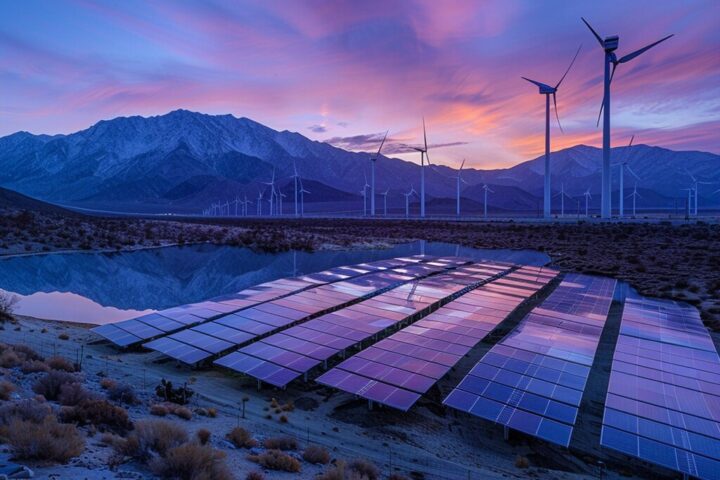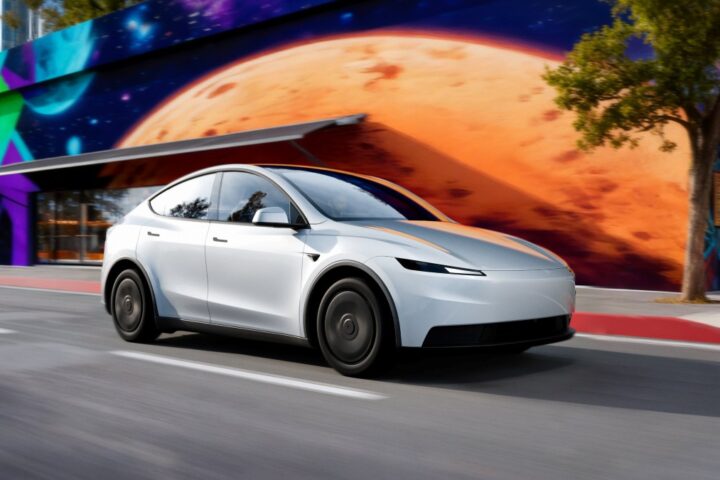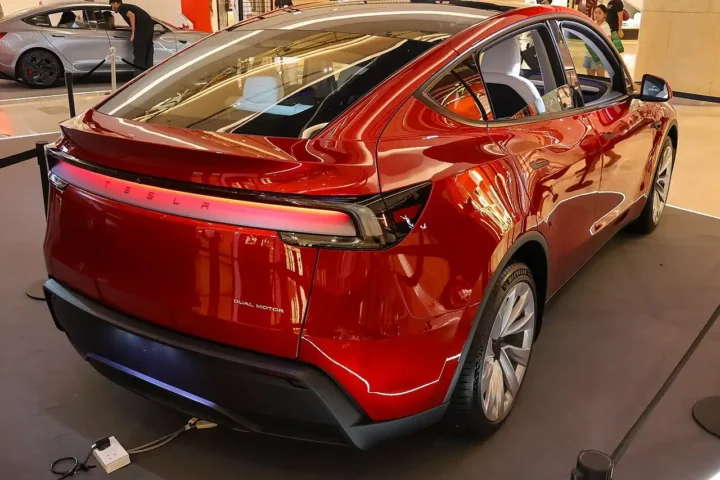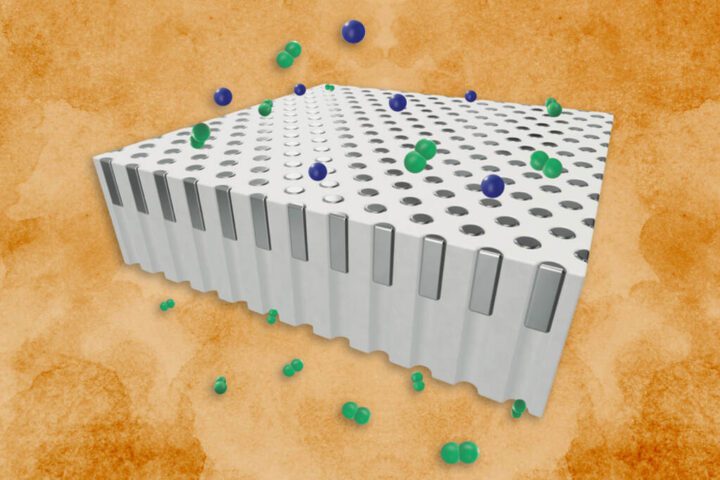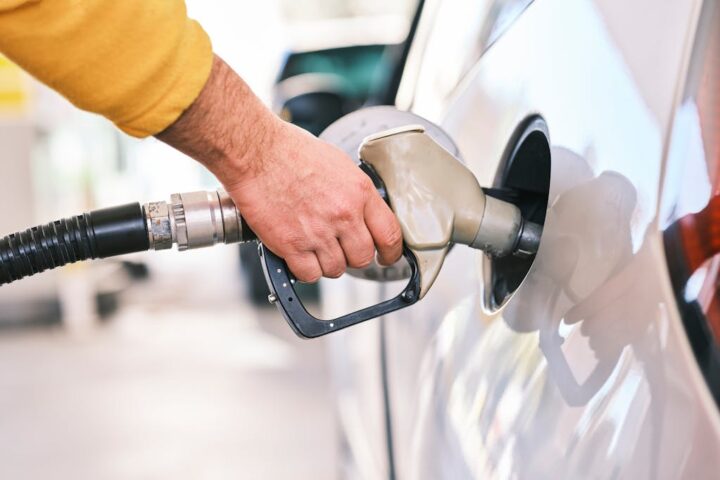Keeping Water In: The Simple Trick Boosting Sodium‑Ion Battery Performance
Scientists at the University of Surrey reported that retaining water within sodium vanadium oxide – forming nanostructured sodium vanadate hydrate (NVOH) – delivers higher capacity and fast charging, and even operates in salt water for electrochemical desalination. Full details appear in the Journal of Materials Chemistry A and the University of Surrey press release.
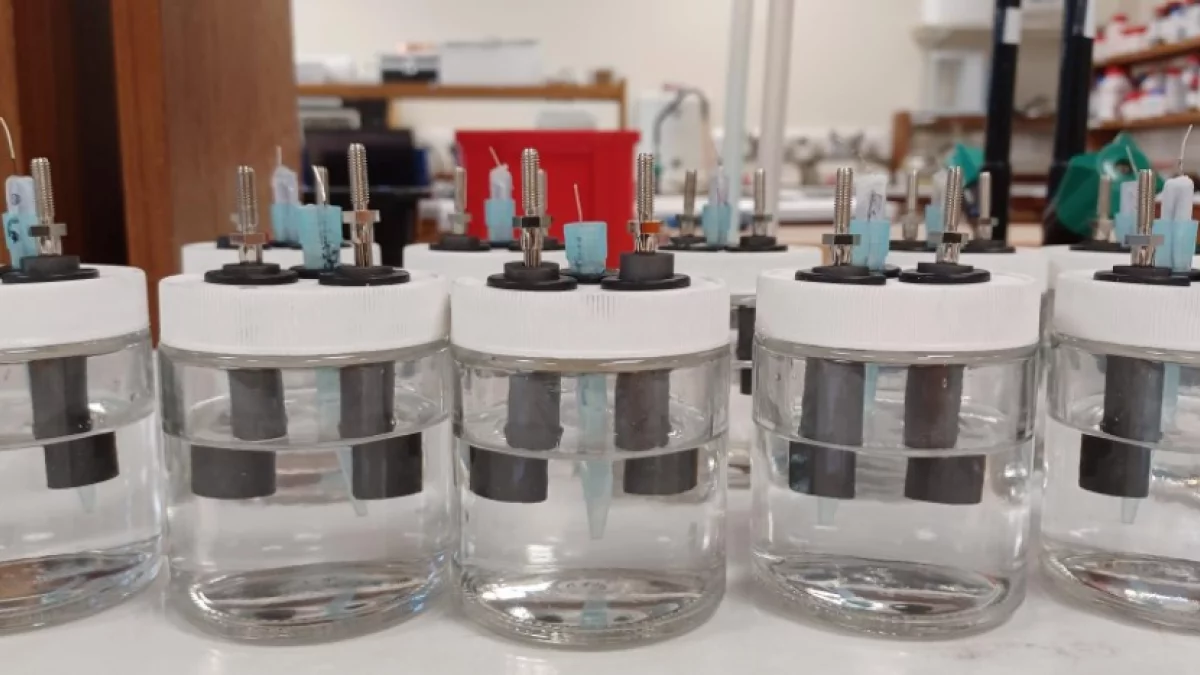
Specific capacity (low current)
≈ 280 mAh·g⁻¹ @ 10 mA·g⁻¹
Lab half‑cellHigh‑rate capacity
≈ 70.9 mAh·g⁻¹ @ 1000 mA·g⁻¹
Lab half‑cellCycling mentioned
> 400 cycles (reported)
Press releaseFull cell capacity
≈ 70 mAh·g⁻¹
C@V₂O₃ counterInterlayer spacing
Wider → more Na⁺ sites
Low‑rate capacity
≈ 280 mAh·g⁻¹
High‑rate response
≈ 70.9 mAh·g⁻¹ @ 1000 mA·g⁻¹
Aqueous test
Na⁺ extraction; works in NaCl(aq)
Quote: “Our results were completely unexpected…” — Dr. Daniel Commandeur.
Interlayer spacing
Narrower → fewer Na⁺ sites
Observed capacity
Lower vs NVOH under same test
Rate capability
Lower vs NVOH
Aqueous test
Not the focus of this study
Drying (heat treatment) contracts the lattice by removing crystal water.
Try it: Charge rate vs. salt removal (illustrative)
Rate: 10 mA·g⁻¹Keeping Water In: Scientists at the University of Surrey discovered that leaving water inside sodium‑ion batteries improves performance — a finding that could accelerate development of cheaper, more sustainable energy storage. The team worked with sodium vanadium oxide and, by retaining its crystal water to form nanostructured sodium vanadate hydrate (NVOH), observed much higher charge storage and faster rates.
The “wet” material achieved a specific capacity of approximately 280 mAh·g⁻¹ at low current and maintained about 70.9 mAh·g⁻¹ at high current. Stability over more than 400 charge cycles was reported. Tests in salt water found that NVOH removed sodium while a graphite electrode removed chloride, indicating electrochemical desalination. Details are available from the University of Surrey release and the peer‑reviewed paper in J. Mater. Chem. A.
“Our results were completely unexpected… People usually heat‑treat it to remove the water… We decided to challenge that assumption.” — Dr. Daniel Commandeur, Surrey Future Fellow.
Context for commercialisation: CATL announced its Naxtra sodium‑ion battery at ≈175 Wh·kg⁻¹, with mass production scheduled to begin in December 2025. This places sodium‑ion development on a clearer path while research like NVOH focuses on electrode behaviour and manufacturability.
Quick check
Related reading on Karmactive & reference
The study and press release described NVOH performance metrics, salt‑water operation, and a laboratory desalination setup. The commercial context from CATL was stated with an energy density figure and a production schedule. These points were presented above for clarity.



